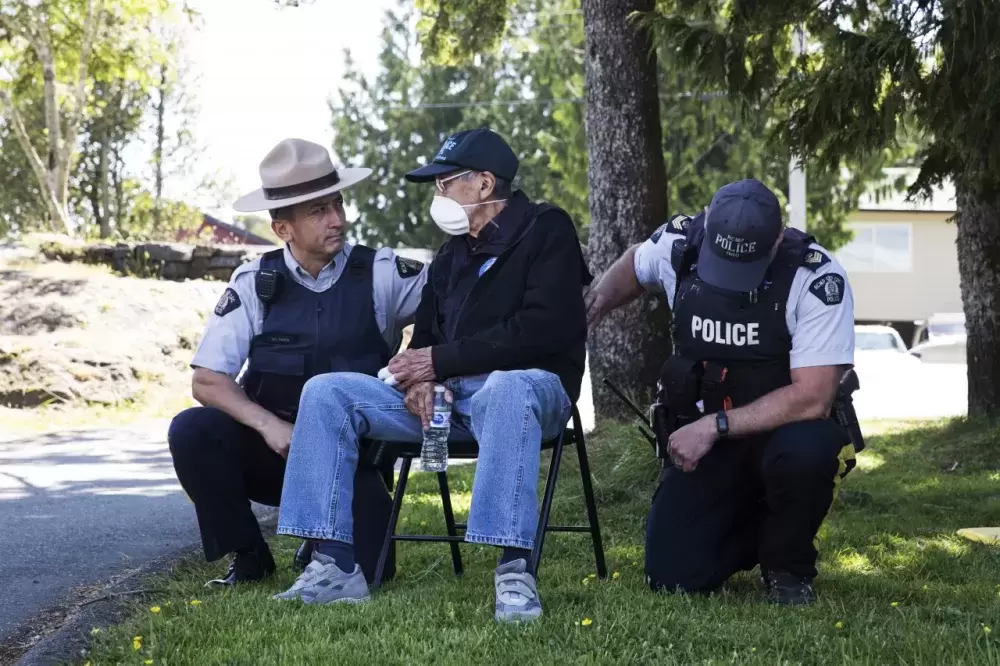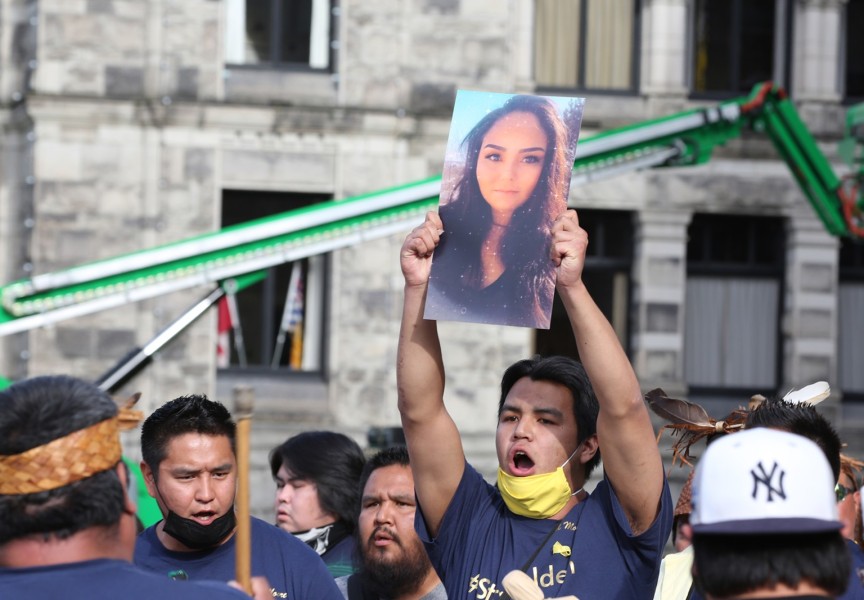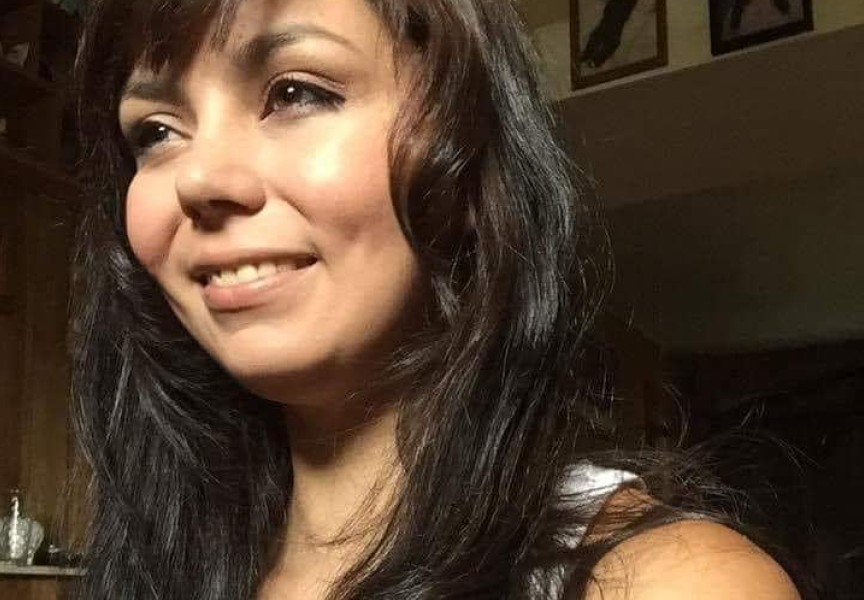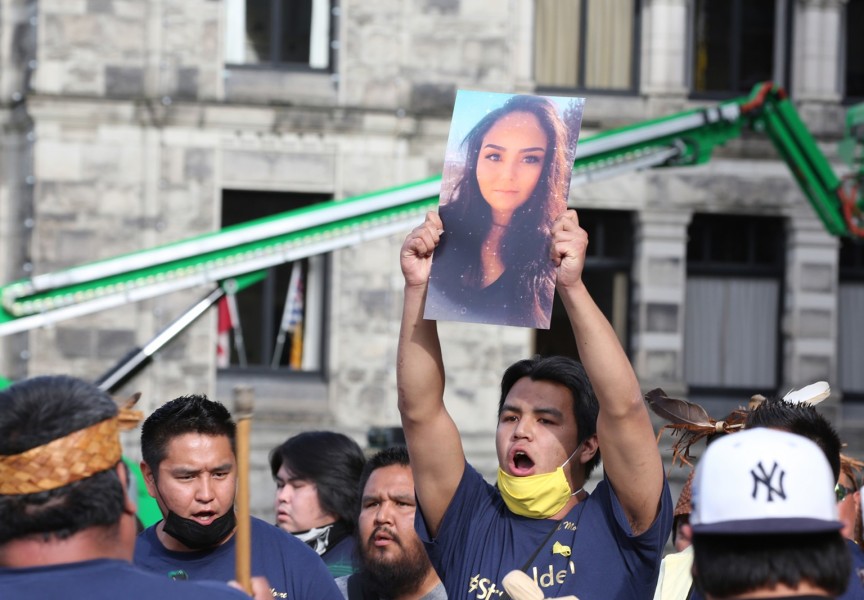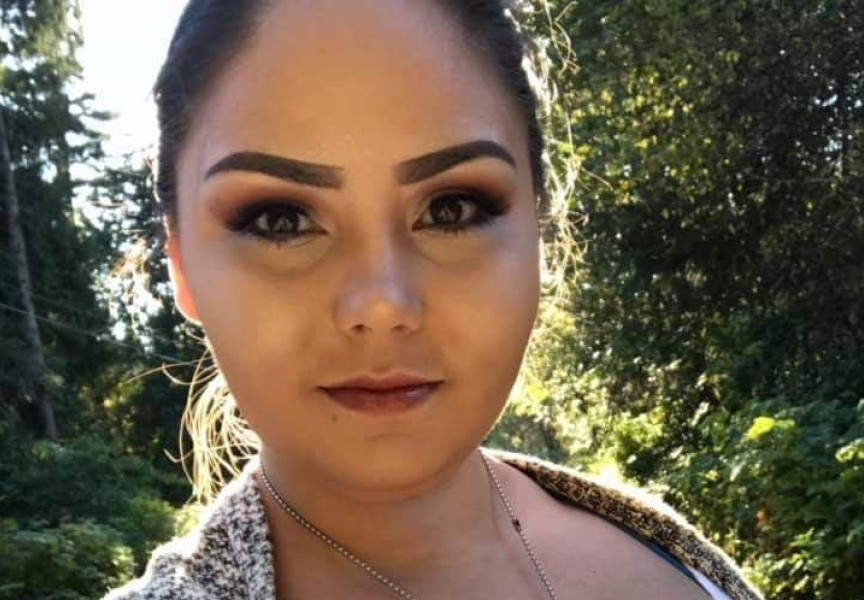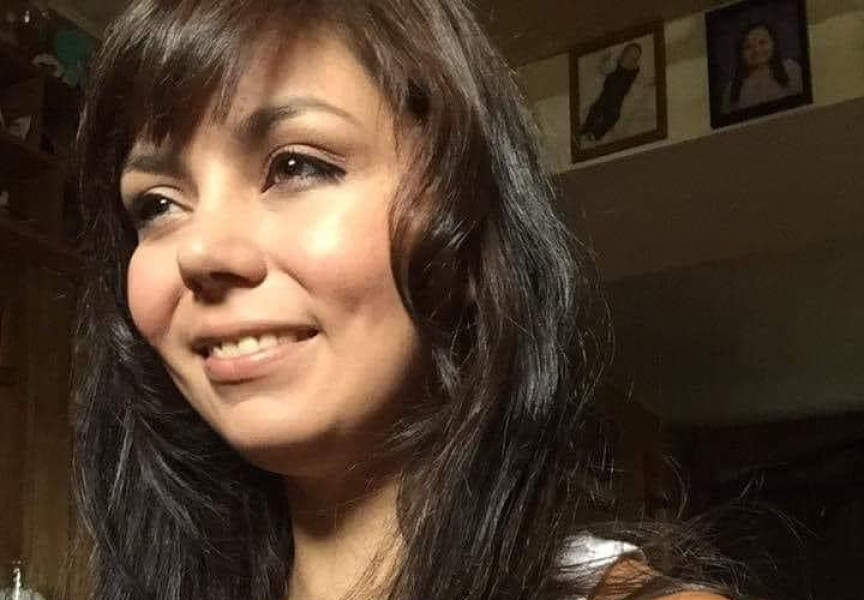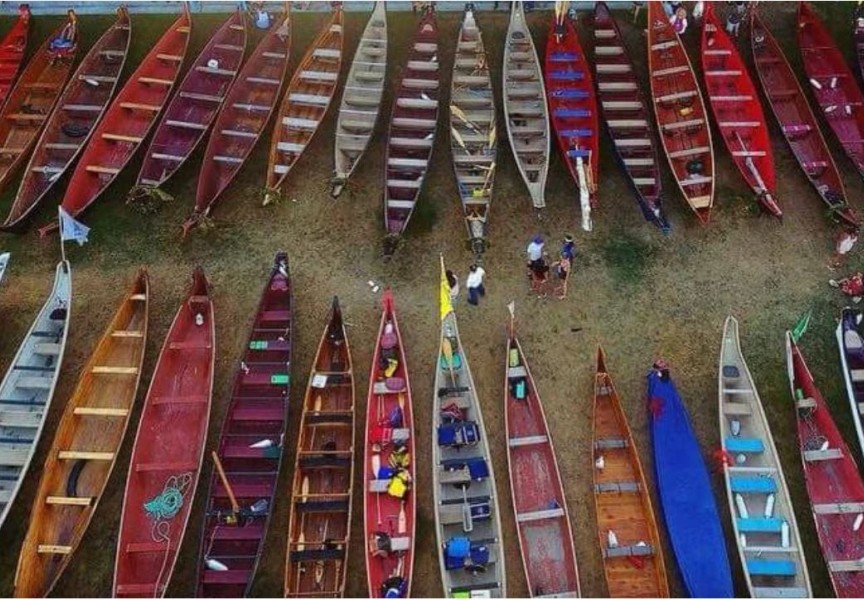As protests continue across the United States over the police targeting of black Americans, scrutiny is intensifying north of the border as well, sparked by the killing of two Indigenous people this month when police were called to residences in New Brunswick.
Tragedy hit Nuu-chah-nulth families on June 4 when Chantel Moore, a member of the Tla-o-qui-aht First Nation, was shot and killed by a member of Edmunston Police Force. In response to concerns reported to the police, the officer was called to the 26-year-old’s home in the middle of the night to check on her well being, but the visit ended with Moore being shot at least five times. Edmunston police stated that the officer was acting in self defence when the young woman attacked him with a knife, but unanswered questions into the incident have prompted a probe from the Bureau des enquêtes indépendantes, an independent police investigations agency from Quebec that handles incidents in New Brunswick.
Then, nine days later another Indigenous person was killed during a police call in the Maritime province. Rodney Levi was shot dead when RCMP were called to a residence in northern New Brunswick. The Bureau des enquêtes indépendantes is also investigating the death of the 48-year-old Metepenagiag First Nation man.
Members of Moore’s family have openly questioned if they can ever trust police again, while the Nuu-chah-nulth Tribal Council is denouncing the shootings.
“We are outraged by the violence and deaths by police in New Brunswick,” stated NTC President Judith Sayers in a press release. “Within nine days, two Indigenous people were shot and killed senselessly.”
The NTC release lists six other Indigenous people who were fatally shot by police since April. Additionally concerning are numbers that show Aboriginal people are being increasingly arrested and detained – at rates far above their proportion of Canada’s population. According to statistics Canada, Aboriginal people make up 5.9 per cent of B.C.’s population, but in 2017/18 they comprised 32 per cent of custody admissions. This is 10 points higher than the incarceration rate from a decade ago, and similar to the rate across Canada for Indigenous people.
As protests against the killing of Moore continue this week, NTC Vice-President Mariah Charleson believes that there’s good reason why recent events are resonating with some many First Nations people.
“We’ve seen the injustices for far too long. We’ve either witnessed it or we’ve experienced it in some form throughout our life,” she said. “It’s a huge history of oppression, and how we view policing, it hasn’t been in a positive way for so long that it doesn’t just turn in a day.”
Overcoming history
In Port Alberni, where Moore spent part of her youth, RCMP Corp. Pete Batt has been working for the last seven years trying to overcome this history. As a member of the detachment’s three-officer Indigenous policing program, he’s found that an essential start of building relationships with First Nations is taking the time to listen. He recalls a story from a Uchucklesaht elder, who as a child encountered visitors to her home in Elotes on the Uchucklesaht Inlet.
“All she remembers from being an eight-year-old was that there was a police officer who stood there and did nothing while the Indian agent kicked in doors and took anything that had any cultural designs, anything that looked like it might be ‘Indian’ in nature, took it down by the wharf and burned it,” said Batt. “So her belief has always been that the police don’t do anything when wrongs are being done, and she taught that to her kids.”
This distrust carried through generations in the family, one example of a negative relationship that Indigenous people across Canada still struggle with.
“That happened everywhere, the police were standing there when children were taken from homes to go to residential school,” reflected Batt.
Although younger generations of First Nations have no recollection of Indian agents or residential school, trouble with authority continues at an alarming rate: the most recent statistics from B.C. show that Indigenous youth account for 43 per cent of those in custody.
In Port Alberni Indigenous policing has tried to break this trend by having a presence in schools, including developing relationships at Haahuupayak on the Tseshaht reserve.
“Relationships take time to build, especially when you’ve got a culture or a community that maybe doesn’t have the trust with the police,” said Corp. Jay Donahue of the Port Alberni RCMP. “Constant contact with our Indigenous partners, the community, is imperative to break some of those cycles.”
Education on the recent past that Canada’s Indigenous people carry with them must resonate through Canada’s justice system, says Charleson, who has trained over 1,000 BC Corrections employees. She found that a timeline of oppression, including the potlatch ban, residential schools and names being replaced by Indian agents, was particularly effective.
“It was the tearjerker for people,” said Charleson, adding that more “trauma-informed” education is needed for police as well. “I think that the biggest amount of progress that still needs to be done is that every single police officer does require cultural competency training to understand the basic histories of First Nations people. I think the lack of that education has played a huge role in why so many of our Indigenous people are treated in an unjust way by RCMP.”
De-escalating situations
This has been a focus for the Indigenous policing program, but with multiple calls on each shift, it’s a challenge for every officer at the detachment to fully understand each client’s history to the same degree, said Donahue. A major development was formalized last year in a partnership with the Nuu-chah-nulth Tribal Council’s Teechutkl Mental Health, which allows RCMP to directly refer to the Quu’asa program First Nations people who are in a crisis.
“If they’re always coming to the attention of the police, there’s a reason why,” said Donahue, adding that the expertise of counsellors and cultural support workers is necessary to prevent escalating situations. “Also making them part of that solution is huge, letting them resolve some of those issues alongside of us is key.”
With so many mental health-related calls demanding police attention, some question the role that officers currently fill. The NTC points to the recent shooting of Rodney Levi as an example.
“Immediate action must be taken to re-evaluate the role of police in responding to crisis situations, as having officers trained to de-escalate situations still results in senseless killings,” states the tribal council’s release. “What we need are trained, unarmed, non-violent first responders to respond to crisis situations involving wellness checks, mental health and addictions.”
But Batt cautions that over his years in policing there have been situations where if he didn’t have his tools – including pepper spray, a taser and gun – he wouldn’t have made it out alive.
“In some of these situations I think we would be sending people to their death,” he said. “The reality is even with my taser, my baton, my OC spray, my handcuffs and my gun, I’ve suffered injuries at work that have resulted in multiple surgeries and lifelong injuries - and that was with the training I had.”
Regardless of the how much trust one has in the police, Batt points to an emblem on the uniform to illustrate the intended role of the service: A Canadian flag with a thin blue line running through it.
“That blue line represents the line between civil society and chaos, and police officers see themselves as that line.”

